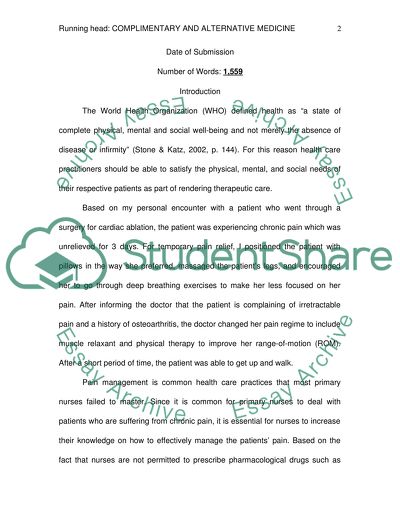Cite this document
(“Does Complimentary and Alternative medicine provide adequit pain Term Paper”, n.d.)
Retrieved from https://studentshare.org/environmental-studies/1412800-does-complimentary-and-alternative-medicine
Retrieved from https://studentshare.org/environmental-studies/1412800-does-complimentary-and-alternative-medicine
(Does Complimentary and Alternative Medicine Provide Adequit Pain Term Paper)
https://studentshare.org/environmental-studies/1412800-does-complimentary-and-alternative-medicine.
https://studentshare.org/environmental-studies/1412800-does-complimentary-and-alternative-medicine.
“Does Complimentary and Alternative Medicine Provide Adequit Pain Term Paper”, n.d. https://studentshare.org/environmental-studies/1412800-does-complimentary-and-alternative-medicine.


